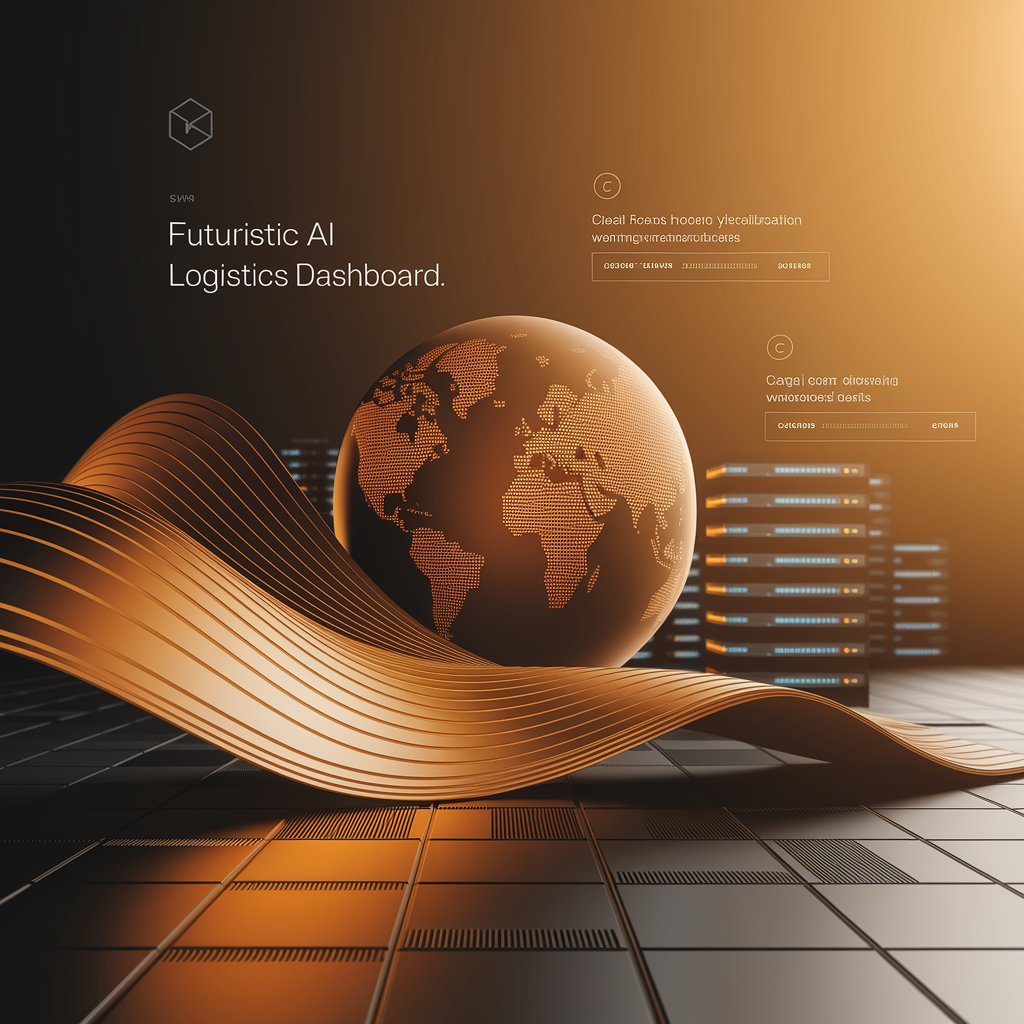AI Delay Prediction: Transforming Logistics with Intelligent Forecasting

Introduction
This is where AI delay prediction becomes a game changer. By using advanced algorithms and real-time data analysis, logistics providers can foresee potential delays before they happen, giving them the chance to reroute shipments, adjust schedules, and keep customers informed.
What Is AI Delay Prediction?
AI delay prediction refers to the use of artificial intelligence to analyze data patterns, identify risks, and predict shipment disruptions before they occur. Instead of reacting to problems, companies can proactively prepare and take corrective actions.

How AI Delay Prediction Works
The process combines multiple data sources and advanced analytics:
- Real-Time Data Feeds: Weather, traffic, port activity, and customs status.
- Machine Learning Models: Algorithms trained on historical and live data.
- Risk Scoring: Assigns probabilities to potential disruptions.
- Automated Alerts: Notifies stakeholders about anticipated delays.
This fusion of AI and logistics creates smarter, more reliable operations.
Benefits for Supply Chains
Implementing delivers tangible benefits:
- Reduced Risk: Minimize shipment disruptions before they occur.
- Cost Savings: Avoid penalties, detention, and extra fuel costs.
- Better Planning: Adjust inventory and schedules proactively.
- Customer Satisfaction: Keep clients updated with reliable ETAs.
- Competitive Advantage: Differentiate with predictive capabilities.

Real-World Use Cases
- Air Freight: Predict delays from weather or airspace restrictions.
- Ocean Freight: Monitor port congestion to forecast vessel delays.
- Trucking: Anticipate traffic slowdowns and reroute shipments.
- Cross-Border: Flag customs-related risks before arrival.
AI Delay Prediction and the Future of Logistics
As supply chains become more complex, the need for intelligent prediction grows. AI not only identifies risks but also recommends corrective actions, such as rerouting shipments or selecting alternative carriers. This creates a self-optimizing logistics network that adapts to disruptions seamlessly.

Conclusion
AI delay prediction is transforming logistics from reactive to proactive. By combining real-time data with machine learning, companies can anticipate disruptions, protect delivery schedules, and boost customer trust. In an industry where timing is everything, adopting is not just an innovation—it’s a necessity for modern supply chains.
